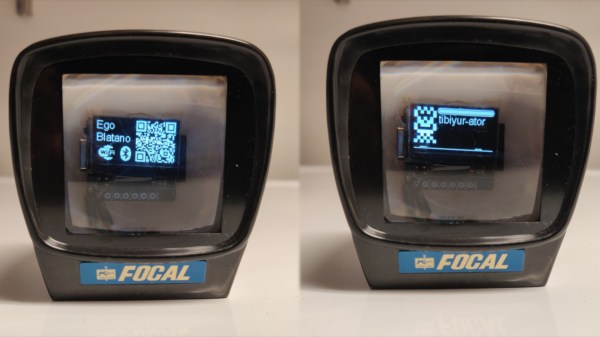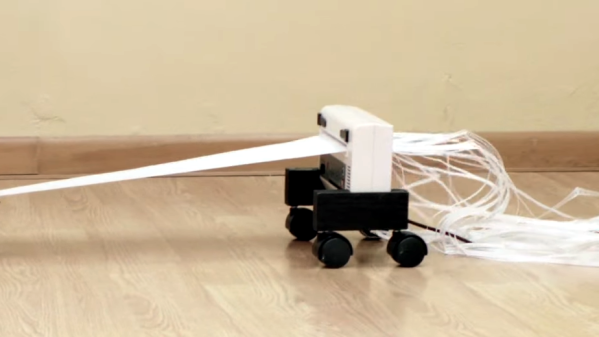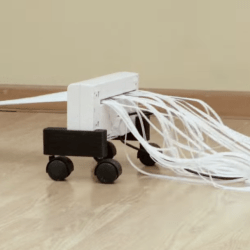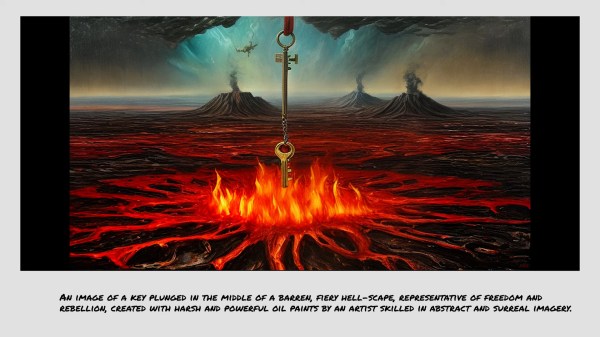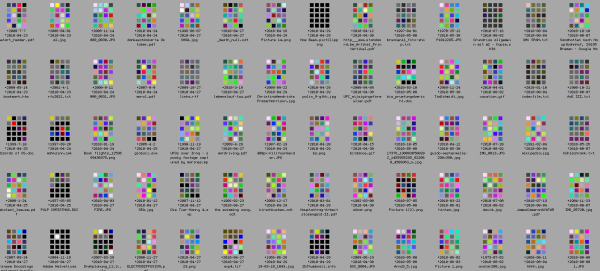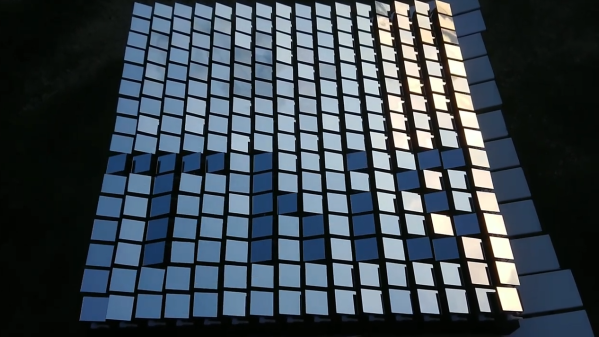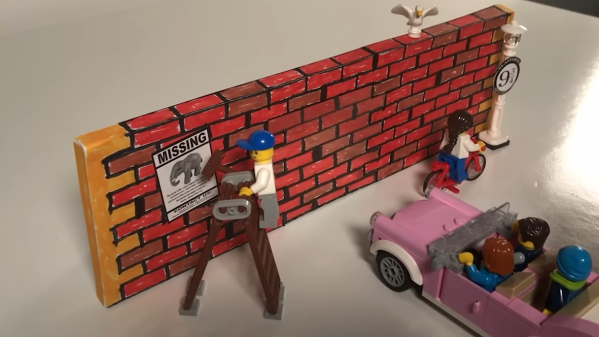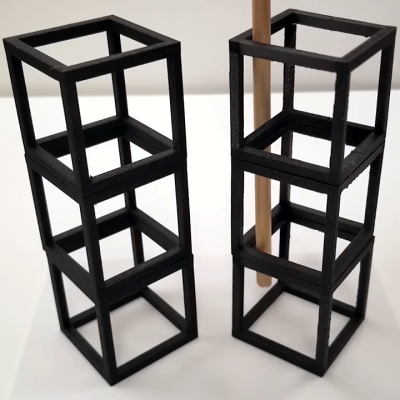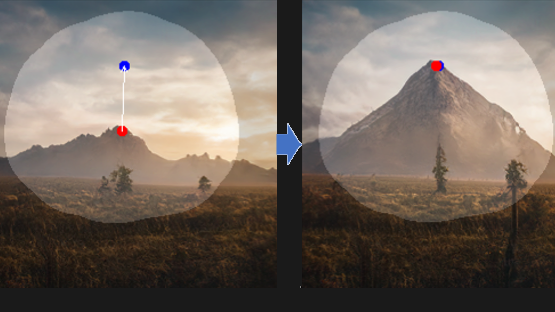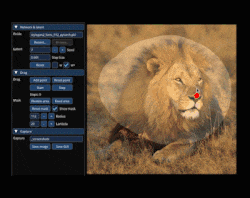Computers, surveillance systems, and online agents are perceiving us all the time these days. Most of the time, it takes place in the shadows, and we’re supposed to be unaware of this activity going on in the background. The Blatano art piece from [Leigh] instead shows a digital being that actively displays its perception of other digital beings in the world around it.
The project is based on an ESP32, using the BLE Scanner library to scan for Bluetooth devices in the immediate vicinity. Pwnagochi and Hash Monster tools are also used to inspect WiFi traffic, while the CovidSniffer library picks up packets from contact-tracking apps that may be operating in the area.
This data is used to create profiles of various devices that the Blatano can pick up. It then assigns names and little robotic images to each “identity,” and keeps tabs on them over time. It’s an imperfect science, given that some devices regularly change their Bluetooth identifiers and the like. Regardless, it’s interesting to watch a digital device monitor the scene like a wallflower watching punters at a house party.
If you’ve built your own art-surveillance devices to comment on the state of modernity, don’t hesitate to drop us a line!

